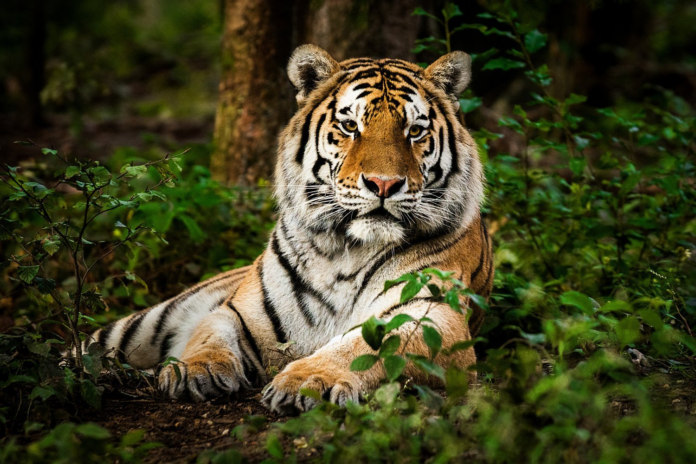Bird flu appears to have devastated big cats living at two zoos in South Vietnam. Dozens of cats in these zoos died recently after contracting the viral infection, according to state-owned media reports.
On Wednesday, the Vietnam News Agency (VNA) reported the cat deaths, which were confirmed by government officials. The deaths took place at the privately-owned My Quynh safari park in Long An province and the Vuon Xoai zoo in Dong Nai, near Ho Chi Minh City. Though the danger of exposure to humans appears to be low for the time being, the report is the latest worrying instance of widespread bird flu transmission to mammals.
At least 47 tigers, three lions, and a panther at these zoos are thought to have died from the bird flu throughout August and September. According to the VNA, samples obtained from two dead cats tested positive for a strain of H5N1 avian influenza. Officials believe that the cats may have contracted the infection through contaminated chicken meat, and they are currently trying to track the source of the chicken.
Since 2022, H5N1 strains have increasingly started to spread from birds to mammals. This year in particular, H5N1 has spread widely among dairy cattle and other livestock in the United States. So far, there have been 15 total human cases of H5N1 in the U.S. since 2022, four cases tied to cattle since April 2024, and one recent case with no clear source of transmission. However, health officials are now investigating whether a patient in Missouri may have potentially spread their infection to other close contacts.
According to VNA, no zoo workers were in close contact with the cats while they were exhibiting symptoms of a respiratory infection. Health officials in the U.S. and elsewhere say that the general threat to the public from H5N1 and other bird flu strains is still low, but these outbreaks remain concerning because of what could happen in the future.
The more these viruses spread from birds to mammals, the more likely that they will evolve into strains that can easily spread between mammals in general, including humans. And with enough bad luck, the wrong strain could pick up the right combination of mutations that would turn it into a fast-spreading, deadly pandemic in humans. Even outside of this direct danger, widespread outbreaks among wildlife or domesticated animals could still cause plenty of trouble, as we’re now seeing with the dairy cattle outbreaks in the U.S.
In May, researchers reported discovering strains of H5N1 circulating among birds visiting and living in New York City. And in June, health officials in Mexico reported the first known human case and death from a different bird flu virus, H5N2. Any single one of these reports or outbreaks is unlikely to be the big one, but given enough time, the worst case scenario could certainly happen.




